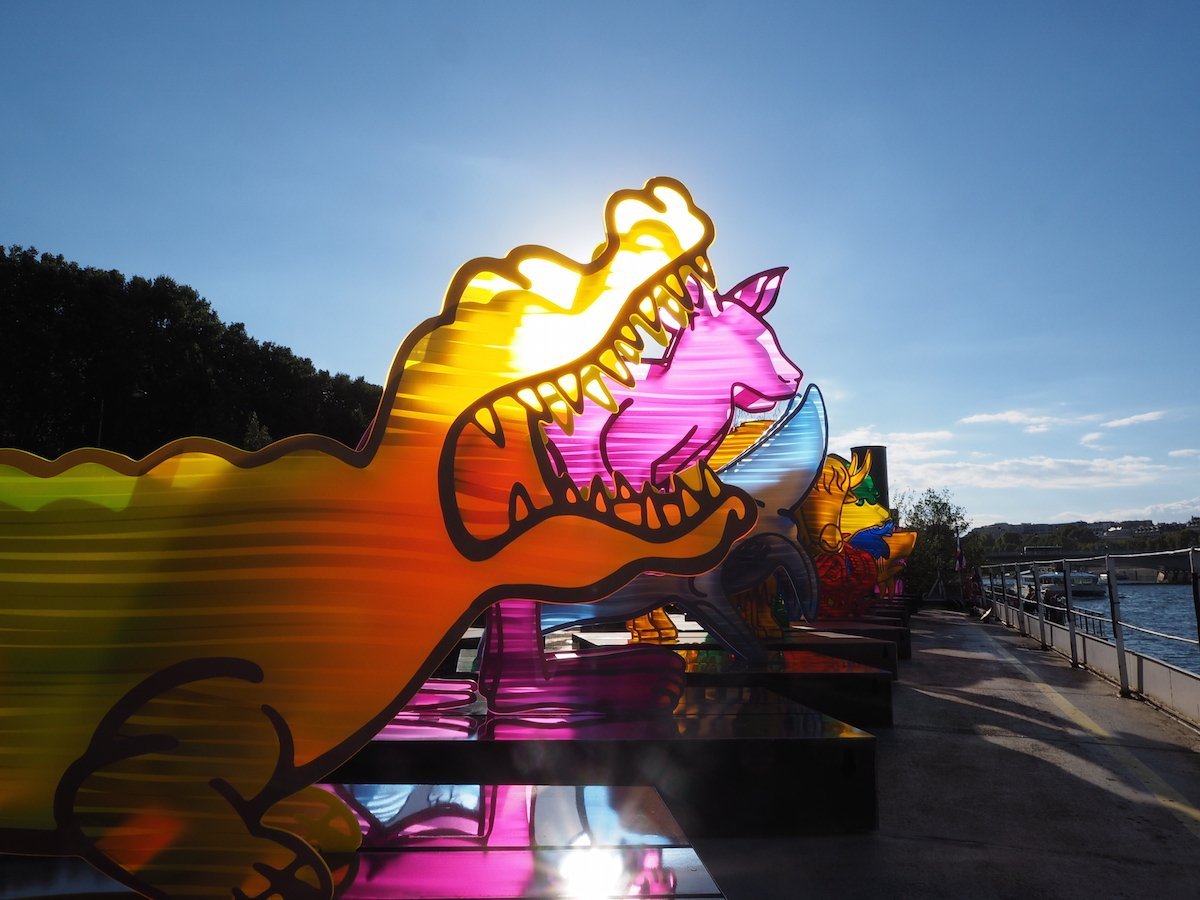
Researchers have found that art on show in Paris during the 2015 United Nations climate change summit did change people’s feelings about the environmental crisis, but only if it contained a hopeful message.
In a new paper published in the journal Psychology of Aesthetics, Creativity and the Arts, Laura Kim Sommer and Christian A. Klöckner of the Norwegian University of Science and Technology have identified a narrow set of parameters for what makes activist art effective in altering public opinion.
The study surveyed 874 visitors’ reactions to works on view at the ArtCOP21 climate change festival, which saw artworks scattered throughout the city of Paris to coincide with the World Climate Change Conference. It looked at their emotional reactions, the relevance of each work of art to their daily lives, and how much the works inspired personal reflection or action, according to Pacific Standard. Based on the results, researchers were able to divide the show into four categories: “the comforting utopia,” “the challenging dystopia,” “the mediocre mythology,” and “the awesome solution.”
In the end, only three works among the 37 on view made people feel like they were able to do something about climate change. All three, which were categorized under “the awesome solution,” were “beautiful and colorful depictions of sublime nature that are showing solutions to environmental problems,” Klöckner and Sommer wrote.
Two of the works, by Eric Tourneret took biodiversity as their subject matter, while the third, by Cicia Hartmann featured a hanging array of flowers made from upcycled materials.
To the researchers surprise, the participatory works on view did not have much effect on visitors. “It did not make them reflect much on their own role within the climate crisis or the consequences a changing climate would have for them,” Sommer told artnet News in an email. “It just gave them a sense of belonging, which is why we called it the ‘comforting utopia.’ I was expecting that offering people a way to participate would lead to more engagement. But it seems that people want to be made aware of something awe-inspiring by someone that thinks differently, rather than be part of the creative process.”
The slogan “For the planet” projected on the Eiffel Tower as part of the World Climate Change Conference 2015 (COP21) in Paris. Photo by Chesnot/Getty Images.
Meanwhile, playful and colorful works, however optimistic, did not inspire reflection when visitors did not rate them highly on their artistic quality. Gloomy and dystopian works left people feeling depressed and uninspired to take action of their own. The use of mythological themes was judged to be boring.
It’s a difficult task, the researchers say, but if a work of art manages to strike the right balance of emotions, artists do “have the potential to retell the stories of climate change in a way that activates the slumbering potential in our societies.”